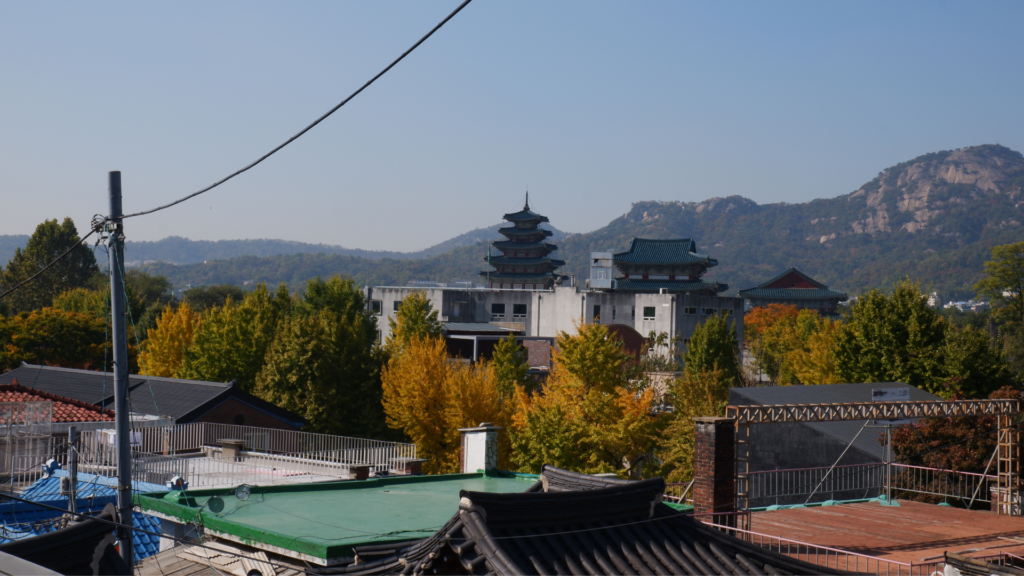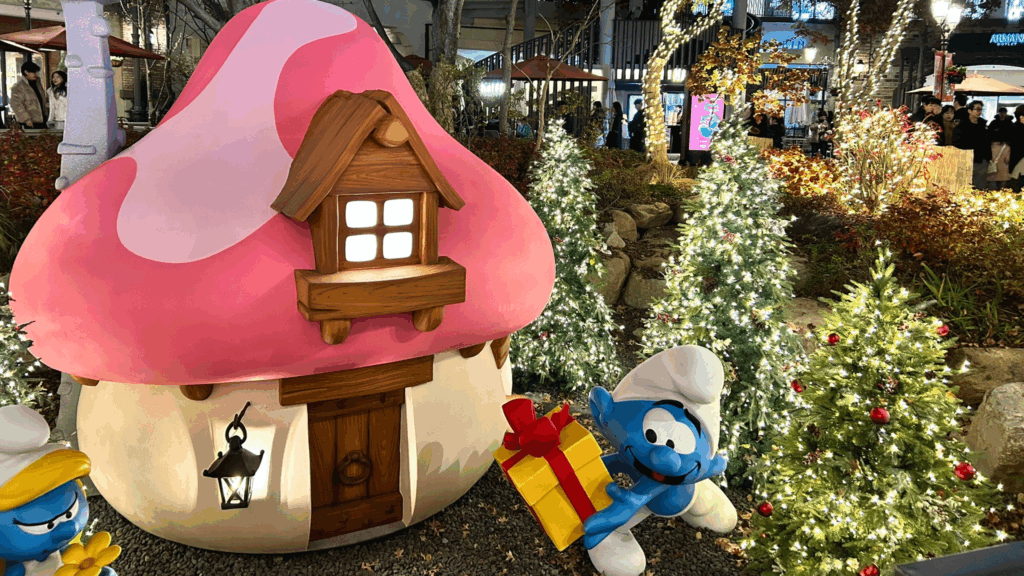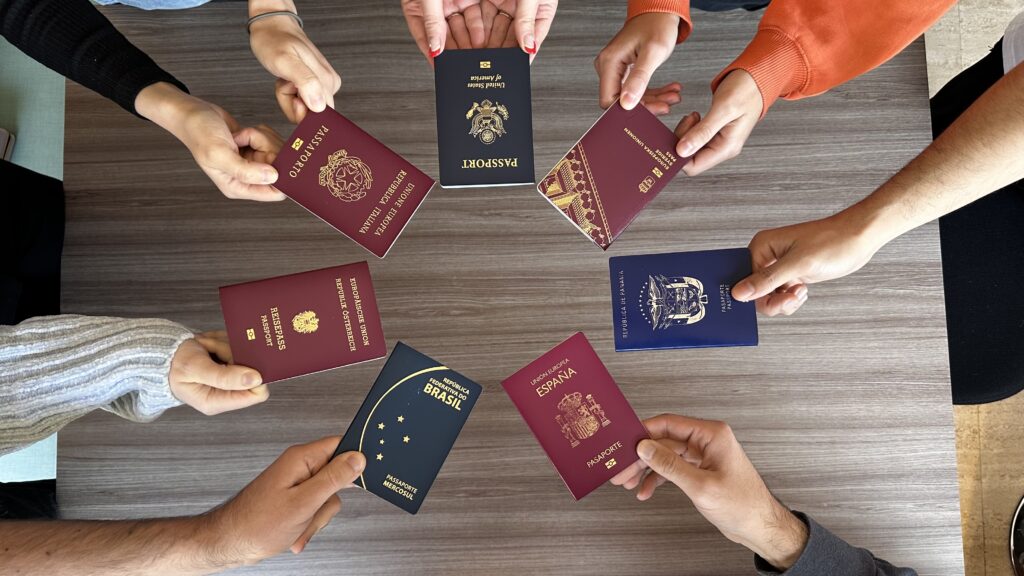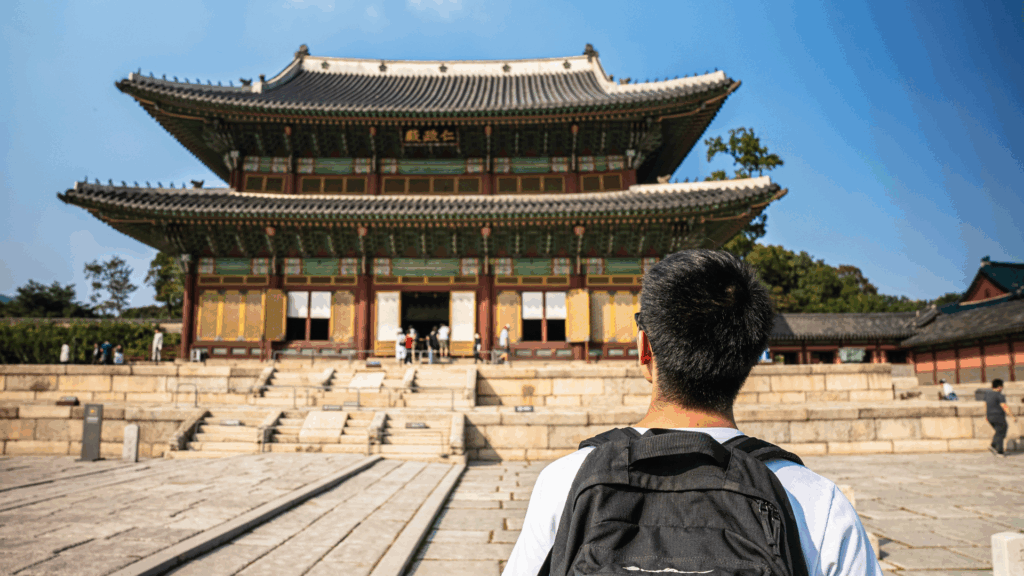If you have decided to live and study in Korea for a medium to long term, you will certainly need a comfortable place. There are various options: university dormitory, goshiwon, Korean family or share house. The choice will depend on several factors, including both economic and logistical factors. In this article we will talk about living in a share house in Korea.
What does ‘share house’ mean?
The word “share house” means shared apartment, and it is really a house shared with several people, with several bedrooms, and common areas. Share houses are managed by real estate agencies, and can be found in many different areas of the city.
Because of its low prices and the opportunity to live in an international environment, share houses are also a popular option among Koreans, especially if they are students or workers who have to relocate to big cities for studies or work.
Not only are share houses in Korea found in central neighborhoods, such as Gangnam, or in university districts, but also in more suburban areas. In addition, there are mixed apartments, as well as women-only apartments for girls who prefer to live with other girls only.
Living in a share house in Korea: the Pros
First of all, the cost. Those who decide to live in a share house in Korea will have to pay an initial deposit, but nothing comparable to the deposits required for private apartments (which often range around thousands). Also, if we consider the cost of goshiwon, a share house room does not cost much more, but you would definitely have more space available.
Utility bills are usually already included in the rental price, and decided at the time of the contract.
The rooms are furnished. A rental payment is required for the bedding set, which includes the mattress, sheets, blankets and pillows. It is usually one initial payment. Depending on the type of room chosen, it is usually equipped with a bed, desk, chair, closet, and other accessories.
You can choose between a private room and shared room with 2 or more people of the same gender. The price of a single room is higher than that of a shared room, but it gives the opportunity to have some privacy within the house.
Another advantage of living in a share house in Korea is the opportunity to make friends with people from all over the world. Usually the average age of tenants is between 18 and 35. Mostly they are students, but there are also workers from Korea or other countries. The purposes of staying in a share house are to facilitate cross-cultural and language exchange, help you practice the Korean language, and learn local customs and traditions. Themed events are also often organized both in the share house itself and with tenants from other apartments.
Living in a share house in Korea: the Cons
Living in a share house in Korea with other people means making compromises. For example, it may happen that the bathroom is occupied for a long time in the morning, putting you at risk of being late for school, or that your house mate is particularly noisy. To solve serious cohabitation problems, you can certainly ask the house manager for help, but for everyday matters, making compromises is the only solution.
Another thing that might bother some people is one’s conception of order and cleanliness, whether in the common areas or in the shared room. You will always find someone lazy who does not do the dishes right after eating, or someone who leaves things lying around on the kitchen table. At that point, all you can do is to discuss it openly and resolve the situation in a civil way. As the last resort, you can also get the apartment manager to intervene if things do not improve.

Rules in share houses
Each share house in Korea has its own rules to follow, which generally reflect the rules of living in Korea. One of them is recycling. Pay close attention to what to throw in the trash, and when it should be taken out. Another relates to smoking: smoking in the house is strictly prohibited.
Other rules relate to the operation of air conditioning and heated floors, or concerning the times when you can make the most noise (such as talking on the phone loudly). For some interesting facts about Korean houses you can read our article.
In most share houses, it is not possible to have a friend or relative over to stay overnight in the house. However, not all houses are the same. You will need to ask what the specific rules are. If you don’t want to make a bad impression, it is always good to read the contract carefully before moving in, and ask if you have any doubts.
Cost and booking of a share house in Korea
To find a room in a share house in Korea you can contact us, and we will email you options based on your needs. Keep in mind that availability is usually announced a month or so before the check-in date, so you will not always be able to book a room until a month before your arrival in Korea.
As for the costs, the monthly price of a single room rental is around 600-700,000 won per month (about 400-500 dollars) including bills, while double rooms drop to 400-500,000 won per month (about 300-350 dollars). The price of utility bills is fixed, usually around 50,000 won per month (about 40 dollars). These prices are for share houses in central areas, but prices are lower if you are farther away from the city center.
We hope you enjoyed this article about living in a share house in Korea. Please contact us if you want to study in Korea and need help with language course application and accommodation search. We will provide you with all the necessary information according to your needs.
Follow us on our blog for more Korean content and on our TikTok account.









